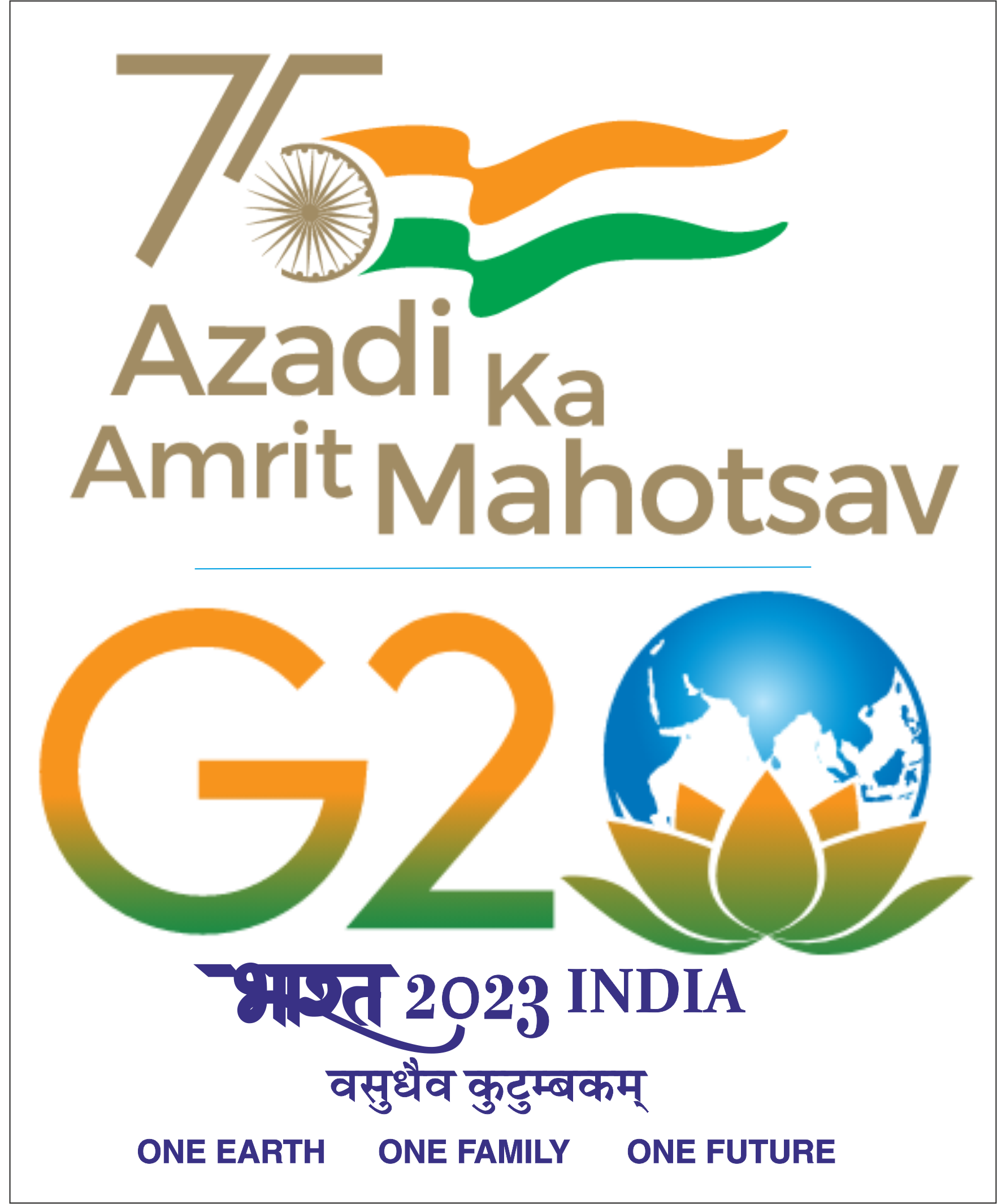Design & Development Of A Small Scale Turmeric Processing Plant For Waigaon Village In Wardha District
Name of Student:
Guide:
Co- Guide:
Project Type:
M. Tech Project -I (TD 695)
Sector:
Agriculture
Download Link:
Abstract:
The SWOT analysis of the turmeric sector clearly shows that a large domestic market in the
country itself is one of the favourable things for turmeric and the growing awareness about the
medicinal effects of turmeric not just in common health problems like cough and cold, bruises
but also in advanced diseases like cancer with scientific backing will increase the penetration
of turmeric into the masses not just as spices but also as a health supplement.
But the threats to the market of turmeric would need to be addressed properly at all the levels
ranging from policy to institutional level by taking into confidence all the stakeholders involved
in the process.
From the study we are also able to answer some of the very existential questions such as
“Whether turmeric should be cured or not.” From the literature it is clear that the curing
improves the qualitative properties of turmeric by enhancing the antioxidant capacity, oil and
curcumin content. But still more works needs to be undertaken to quantify the changes which
will be part of my MTP-2
Another question which we find an answer in the literature is the impact of time duration of
curing on the curcumin content. We see that the prolonged curing not only results in over
cooked rhizomes but also significantly reduces the curcumin content. In the next part of the
project we will try to find out the impact of different curing process on quality parameters of
turmeric.
Also as turmeric is susceptible to disease that can lead to a reduction in yield by as much as
80%. It is also susceptible to abruptly fluctuating prices due to changing trade relations and
competing turmeric production in a number of countries. Since a sustainable turmeric economy
is only possible when these risks are minimized, a number of policy measures are needed
considered in India including healthy seed production, quarantine regulations to restrict
transporting seed from one state to another when disease is a problem, and education of farmers
regarding post-harvest technology and the importance of keeping varieties separate since
Alleppey and Madras turmeric are considered to be of higher quality than some others. (Engels,
2009).





